Every winter, the shoreline at Año Nuevo State Natural Reserve becomes jammed with amorous elephant seals. They’re all gone by spring but in the summer a few of the males return to shed their hide, which comes off in large patches you might sew into a vest to sell to discerning death-metal guitarists, if you were handy with a needle and had an active eBay account.
A summer hike to see these ocean-going behemoths is a rare opportunity — in mating season you have to reserve a guided tour and hope a group’s available when you’re free. During the molt of June and July, you merely pay $7 to park, get your permit at the entry gate, and set off for the two-mile jaunt out to North Point, where most of them are hanging out in recent days.
Adult bull elephant seals appeal to my inner guy. All they need from life is to hunt, sleep, swim and screw. They are ugly but tough, bounding across beaches minus arms or legs. They eat sharks. They have no natural enemies except people with heavy weapons.
And you can hear one belch from blocks away. What’s not to admire about these guys?
Well, they probably smell awful but if you’re close enough to get a lungful of their aroma it means you’re about to be crushed by their two-ton bulk (you’d stand about as much of a chance stepping in front of a cruising Escalade.)
You don’t have to be a guy who can’t wipe that stupid grin off his face when he hears the word “harem” to appreciate Año Nuevo (only the toughest of bulls get to have one; the rest get no lovin’ for an entire year — which might explain why their dominance combat is so hard-core.) The views are stupendous, the lands near the trail are festooned with wildflowers and even a few wild blackberries.
The hiking is mostly flat, though the sand dunes will wear you out fast. Four miles here is more like six flat miles in town. Just follow the signs out to North Point — well, all you really have to do walk toward the sound of water going down a very large drain. This is the distinctive bark of the adult bull elephant seal. It’s very loud and the sound carries a long way — you might walk a mile from the first time you year it till you actually see the elephant seals.
Enough jabbering. Let’s see some pictures:
The welcome sign tells you what you’re in for. Normally I do these in sequence but this week I’m going to skip straight to the seals:
They’re all working on their tans here. Not much action until….
Two of the guys pretend to rehearse for battle. They know it’s not December so it’s not time for actual combat. But they put on a bit of a show for the tourists.
Why their belches are so loud: their throats are as big as a water main.
Speaking of large: the marine life study area near the trail head includes this display comparing an adult bull head, left, and an adult female.
Here’s a patch of elephant seal hide we found on the trail. Apparently the wind blows it up here.
Those are my only blogworthy elephant seal shots. These guys really reward a patient photographer with a good camera and the right lenses. I’m impatient and refuse to spend more than $300 on a point-and-shoot, so I take what I can get.
The walk yielded a bunch of non-mammalian shots. The best of the bunch:
Wild blackberries. How can you tell they’re not ripe? Duh, they’re not black.
The cattails are everywhere, and they make excellent framing devices.
We were the second and third hikers to make it out this way Monday morning. The first was the docent waiting at North Point.
There used to be a lighthouse offshore with houses for the staff and their families. Now, though, the sea lions have taken over the island.
Good year for yellow lupines.
Saw a bunch of these leaves with big red growths bulging out of them. No idea what it means, but it looks freaky.
A pretty yellow flower I could not identify.
Lizard pauses long enough to have his picture taken.
Spectacular coastline, as usual.
So that’s a look at the summer elephant seal molt. Standard rules for beach hiking apply here: wear layers, stay away from the cliffs and stick to the trails. Don’t go near the seals, they really can kill you. Winter time is more interesting, though the park is closed during the weeks when the bulls fight it out for dominance (the females show up after these battles are over — they gravitate to the dominant males, assuming they will pass on these characteristics to their pups. Of course this never happens in our species.)
A few links:
- GPS tracks at EveryTrail.com
- San Simeon pix from January 2008.
- Bay Area Hiker entry.
- California State Parks Año Nuevo page.
- California State Parks history of elephant seals.
- Wikipedia entry.
Want to see for yourself? Here’s a Google map to get you there.
View Ano Nuevo State Nature Preserve in a larger map

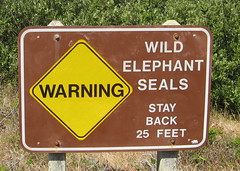
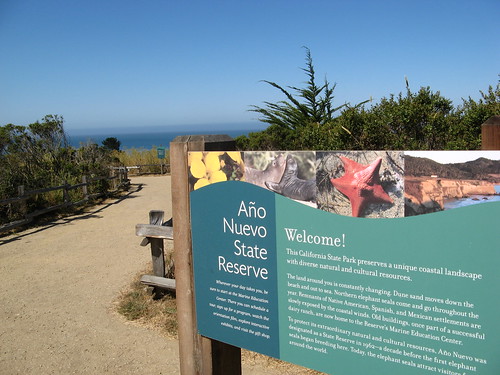
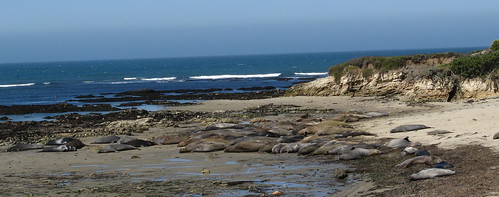

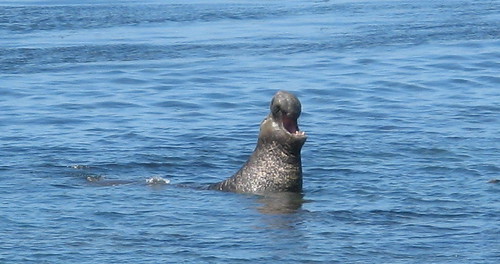
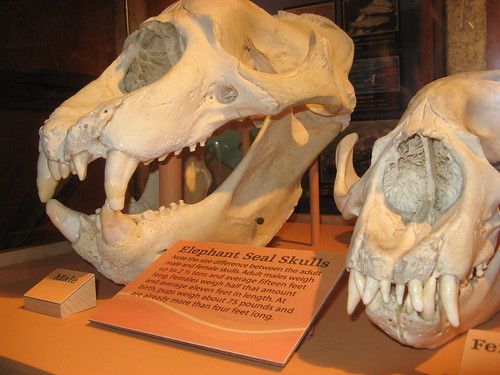
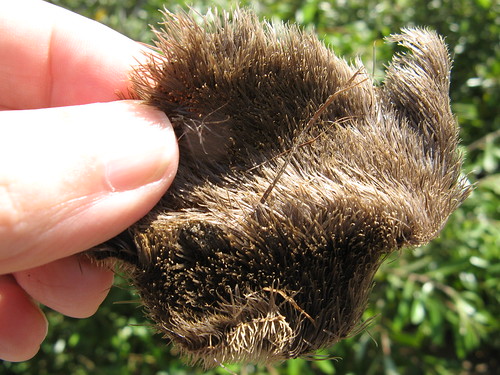
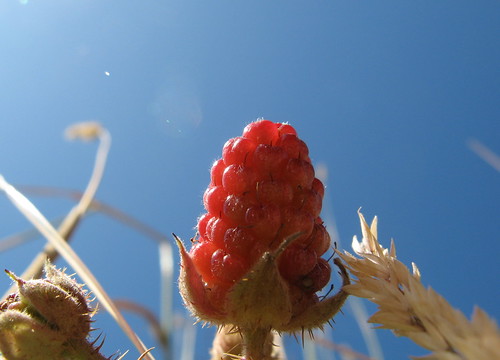

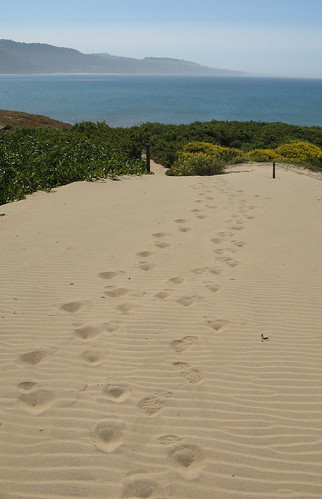
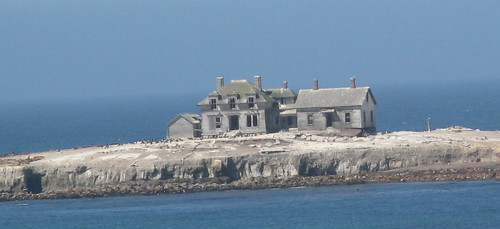
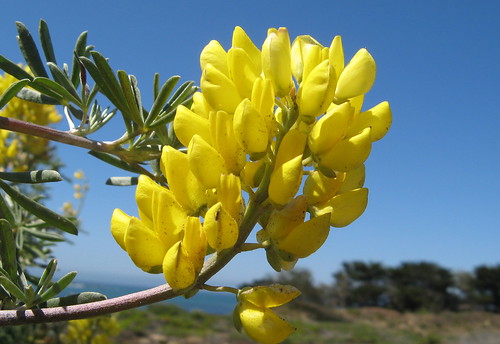
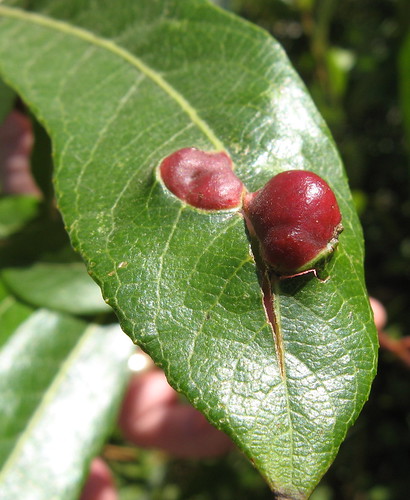
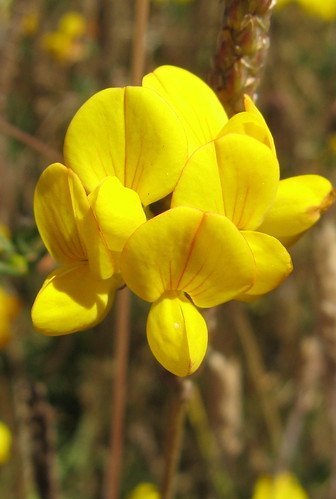
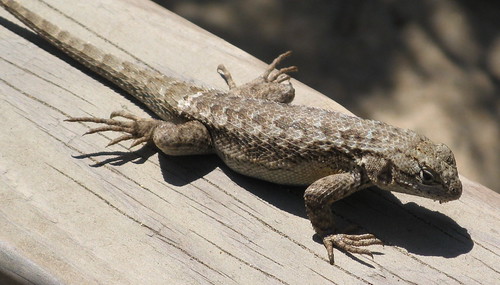
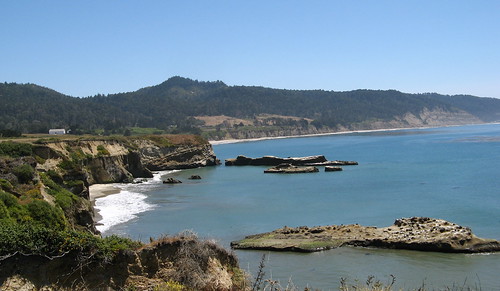
Seals shed their skin in patches!?!? I had no idea. Gross.
I think only the elephant seals shed in this manner.
It feels like a bit of tanned leather, it’s not really all that gross to the touch.
Researchers tranquilize the bulls and glue tracking devices on them; they shed the devices on land with the rest of their outer layer of skin and the researchers track them down and find out everywhere the elephant seals swam in the previous year.
Stunning pics, Tom.
What camera do you use?
John: Canon A710is that Fedak donated to me after I dropped my other camera at Big Basin and bricked it. It has a 6x zoom, which is what I used to get the pix of the elephant seals.
Thanks Tom. I might be in the market for a small, lightweight, but capable camera that’s more portable than my current DSLR.